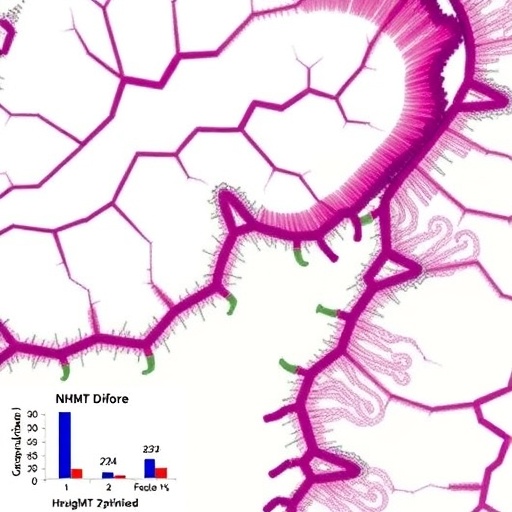New research from the University of Alabama at Birmingham provides evidence, for the first time, for physicians to continue using the spirometry criteria set by major respiratory societies for the diagnosis of airflow obstruction and chronic obstructive pulmonary disease.
Published in the Journal of the American Medical Association, Surya Bhatt, M.D., associate professor in the Division of Pulmonary, Allergy and Critical Care Medicine and medical director of the UAB Pulmonary Function and Exercise Physiology Lab, says there is much confusion and debate in the medical community on what are the best spirometry criteria to use for diagnosing COPD.
Currently, major respiratory society guidelines recommend diagnosing airflow obstruction when the ratio of the forced expiratory volume in one second (FEV1) to the forced vital capacity (FVC) is less than a fixed threshold of 0.70. This means that, during a forced exhalation following a maximal inhalation, a normal individual should be able to blow out at least 70 percent of their lung size or vital capacity in the first second. However, there is no rigorous, population-based evidence to support the threshold of 0.70, which was set by expert opinion as the optimal FEV1/FVC threshold for defining clinically significant airflow obstruction, according to the published research.
“A diagnosis of COPD needs confirmation by demonstrating obstruction to airflow using spirometry,” Bhatt said. “The currently used criteria are based on expert opinion, and until these results were published, there was not enough evidence to support their use.”
The multisite team, led by researchers from UAB and the University of Columbia, analyzed data from a large, multi-ethnic sample of 24,207 adults in the United States, and found that the currently used threshold of 0.70 provided discrimination of COPD-related hospitalization and mortality that was not significantly different from — or was more accurate than — other fixed thresholds. The 0.70 threshold was also more accurate than other thresholds that define normal lung function and are derived from reference populations. These results support the continued use of FEV1/FVC
Cigarette smoking is the primary cause of COPD in the United States, but air pollutants at home (secondhand smoke and some heating fuels), at work (dusts, gases and fumes) and for those with genetic predisposition also can cause COPD. COPD makes breathing difficult for the estimated 14 million Americans who have this disease. Millions more suffer from COPD, but have not been diagnosed. Although there is no cure, it can be treated.
“The ongoing disagreement between experts on the best spirometry criteria to diagnose airflow obstruction has resulted in a lack of clarity for clinicians,” Bhatt said. “Using a simple standard threshold has the potential to improve the diagnosis and treatment of this common disease.”
According to the Centers for Disease Control and Prevention, Alabama has one of the highest rates of COPD. About 9.6 percent of Alabama residents surveyed in 2011 reported having been told by a health care professional that they have COPD. “The symptoms of COPD are often non-specific, and an accurate diagnosis will determine who gets appropriately treated, and is also important for avoiding unnecessary therapies,” Bhatt said.
###
Media Contact
Adam Pope
[email protected]
Related Journal Article
https:/
http://dx.




